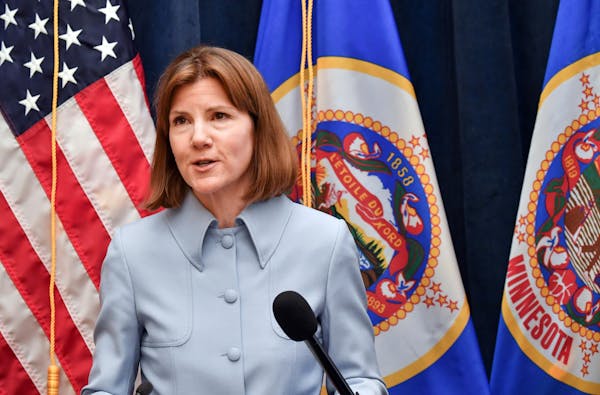For the first time, researchers have a clearer picture about the number of high schoolers in Minnesota who identify as transgender or gender nonconforming.
"It is much higher than what I was expecting," said the study's lead author, Marla Eisenberg, of the 2.7 percent of students statewide who say they are transgender or gender nonconforming.
(The term "gender nonconforming" refers to those who do not identify as strictly male or female.)
Eisenberg, an associate professor in pediatrics at the University of Minnesota Medical School, said she was surprised that students throughout Minnesota were as likely as those living in the Twin Cities metro area to identify as transgender or gender nonconforming.
"I think there's a perception that that's a city thing," she said.
The university study, published this month in the Journal of Adolescent Health, also revealed disparities in mental health and substance abuse between transgender and gender nonconforming students and the rest of the high school population.
Nearly two-thirds of the transgender and gender nonconforming students surveyed said they had experienced suicidal thoughts. That rate is three times higher than their peers.
In addition, transgender and gender nonconforming teens had fewer "protective factors" to help prevent risky behaviors, the study said. Those factors included family connectedness, teacher-student relationships and feeling safe in the community.
"What I would love to see is for parents, teachers, other adults to build up those kind of supports," Eisenberg said.
The researchers plan to build on these results, delving deeper on experiences of transgender and gender nonconforming youths in cities vs. rural areas, and in different kinds of schools.
In all, the findings reflect 81,855 responses from ninth- and 11th-graders who completed the survey in 2016. It asked this question for the first time: "Do you consider yourself transgender, genderqueer, gender fluid or unsure about your gender identity?"

The 5 best things our food writers ate this week

A Minnesota field guide to snow shovels: Which one's best?

Summer Camp Guide: Find your best ones here

Lowertown St. Paul losing another restaurant as Dark Horse announces closing

